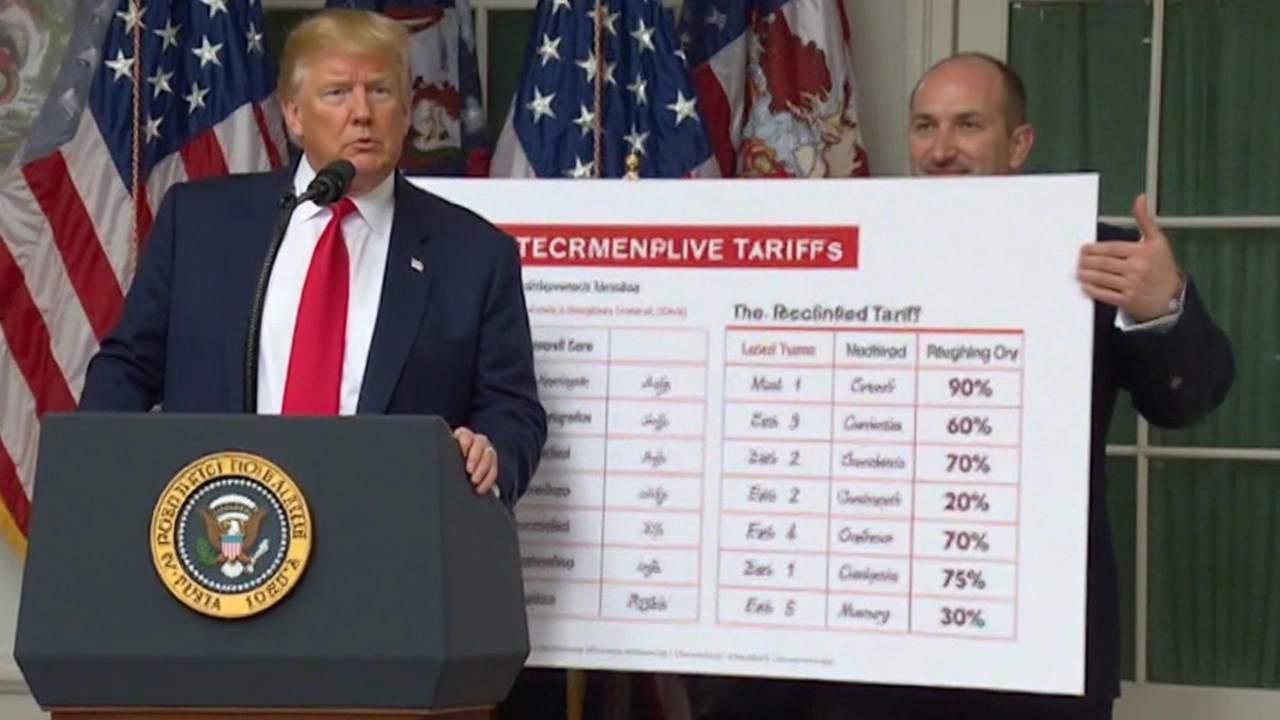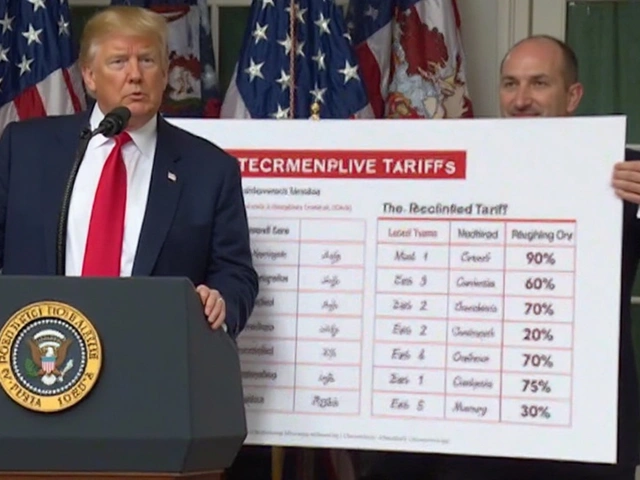Trump Tariffs Explained – Impact, History & What It Means for You
When you hear "Trump tariffs" you probably picture headlines about steel, China and higher prices at the checkout. The reality is a bit more practical – tariffs are taxes on imported goods that change how much you pay for everyday items. This page breaks down the basics, shows why they were used, and gives simple tips on dealing with any price bumps.
How the Tariffs Work
At its core a tariff adds a percentage cost to goods coming into the U.S. The government collects that money and either keeps it or redistributes it. During Trump’s presidency the administration slapped higher duties on steel, aluminum, and a long list of Chinese products. The goal was to protect American factories and force other countries to play fair in trade talks.
For a retailer, the extra cost shows up in the supply chain. If a bike is built in Taiwan and a tariff of 25% is applied, the importer either absorbs the hit or passes it to the customer. That decision drives the price you see on the shelf.
Real‑World Effects on Prices and Business
In many cases you’ll notice a modest price jump – say a $10 pair of shoes becomes $10.80 after a 8% tariff. That doesn’t seem huge, but when the tax hits multiple parts of a product the total can add up. Small businesses feel the squeeze hardest because they have less room to absorb costs.
Some industries react by shifting production back to the U.S. or finding new suppliers in countries not targeted by the tariffs. That can mean more domestic jobs, but also longer lead times while factories retool. For consumers it translates to a mix of higher prices now and possibly better‑made products later.
Another practical impact is on import paperwork. Companies need to classify goods correctly to get the right tariff rate. Mistakes can lead to fines or delayed shipments. If you’re a hobbyist importing parts for a project, double‑check the HS code to avoid surprise fees.
What can you do as a shopper? Keep an eye on price trends for items you buy often, like electronics or automotive parts. If a product spikes, look for a similar brand made locally – the price gap may shrink once the tariff effect wears off.
Businesses can hedge against tariffs by buying in bulk before new duties kick in or by negotiating with suppliers for shared cost‑saving measures. Some turn to “tariff engineering,” adjusting product components to fall under a lower duty bracket.
Overall, Trump tariffs were a tool to push for fairer trade, but they also introduced extra costs that ripple down to consumers. Understanding the why and how helps you spot where the extra dollars are coming from and whether you can avoid them.
Stay informed, compare prices, and consider domestic alternatives when possible. The next time you see a price jump, you’ll know a tariff might be the hidden culprit, and you’ll have a few ways to keep your budget in check.
Trump's Tariffs Challenge UK Growth and Household Stability
The introduction of Donald Trump's 10% tariffs on imports poses significant risks to the UK economy, with growth forecasts cut to below 1% for 2025. This move threatens the stability of household finances and impacts industries reliant on US exports. While the UK government is unlikely to retaliate, concerns mount over price volatility and limited economic growth.
Trump's Bold Tariff Strategy Challenges Global Trade Norms
Former President Donald Trump introduces major tariffs on steel, aluminum, electronics, and automotive imports, aiming to counteract 'unfair' trade practices. These measures primarily target China, with potential expansions to Mexico and the EU. The tariffs have sparked fears of trade tensions, consumer price hikes, and supply chain issues, realigning US trade strategy with Trump's economic nationalism and challenging global trade norms.










